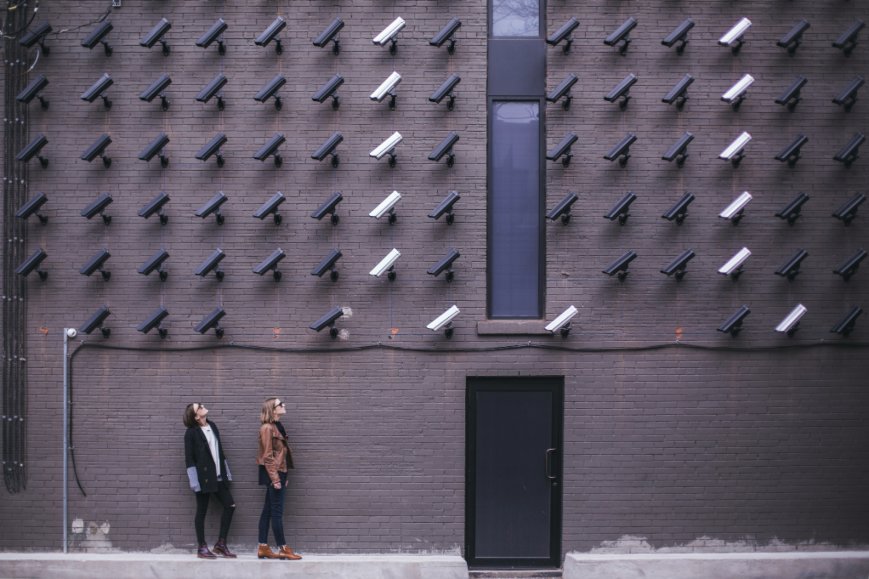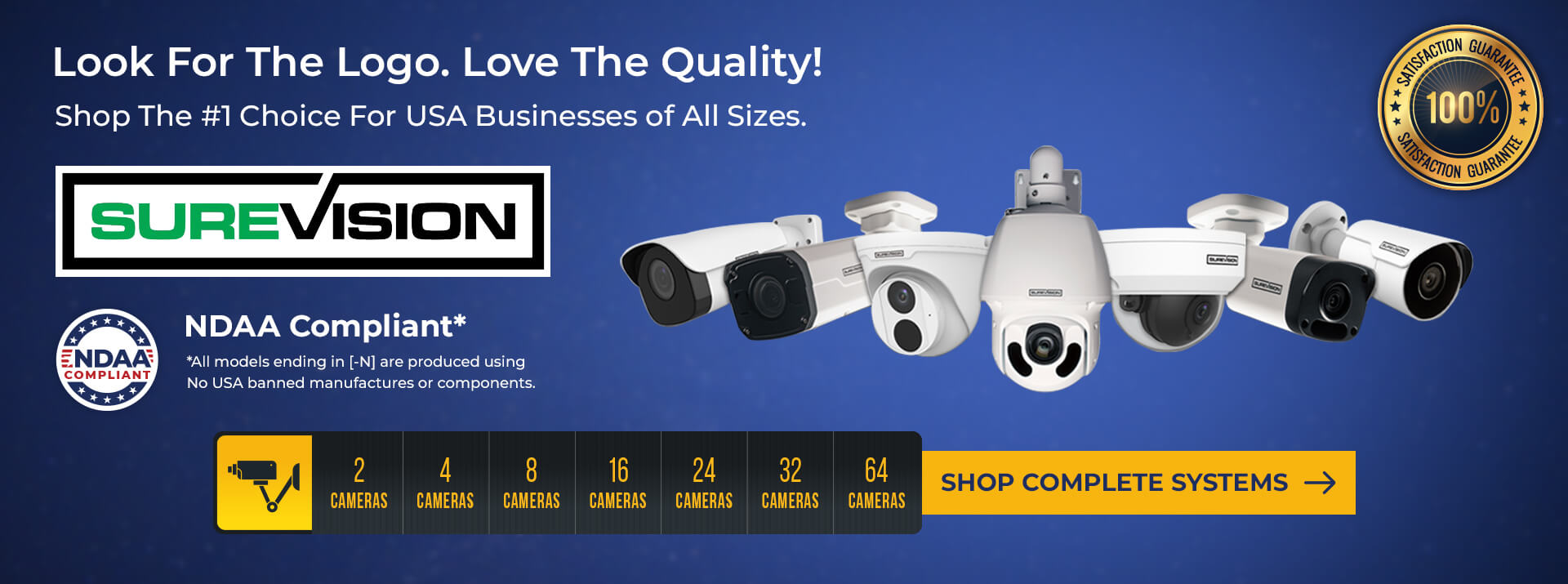Setting Up Multiple Security Cameras to the Same Monitor
Sep 20, 2022

Setting up multiple security cameras to a single monitor is easy when you use a security camera recorder - An NVR or DVR. These devices make it easy to switch between camera views, and even live or recorded footage.
Planning out your security system for ideal camera coverage and running the cable back to your DVR or NVR as a recorder may be tricky if it’s your first time. But if you source with a professional-grade supplier like CCTV Security Pros, your cameras and systems will have simple a plug & play setup.
Here we’ll cover how to view multiple cameras simultaneously and how to get the most out of your security camera system.
Connect Your Security Cameras to an NVR or DVR
The first step in how to view multiple cameras on one screen is to connect your CCTV security cameras to an NVR or DVR. A video recorder is necessary because it's the device that will transmit and record your camera's video feed. For NVRs, this is a fairly simple process. All you need to do is connect each camera to an available port on the back of the NVR using Ethernet cables. Once they're connected and powered on, your cameras should appear in the NVR's interface.
For DVRs, the process is a little different. DVRs don't use Ethernet to connect to cameras. Instead, they use coaxial cables. Coaxial cables are the same type of cable that's used to connect your TV to an antenna or cable box. If you're using a DVR, you'll need to connect each camera to an unused port on the back of the DVR using a coaxial cable. Once they're connected and powered on, you should now be read to view multiple cameras simultaneously in the DVR's interface.
Connect a Monitor to the Output Display Port
Most video recorders come with an output display port, which can either be a VGA or HDMI port that you can use to connect to a monitor. For NVRs, you will need an HDMI cable for this connection. If your security cameras are not near the video recorder, you may need to use extension cables for the connection. Once you have connected the video recorder to the monitor, turn on both devices. You should see be able to view multiple cameras simultaneously.
So, if you have multiple security cameras and one monitor to view all of them, you shouldn't have any issues. By connecting the video recorder to the output display port, you can view all of your security cameras at once on one screen. This is a great way to increase your home or business security and have peace of mind knowing that all of your cameras are working properly.
Proper Configuration is Necessary
The process for learning how to view multiple cameras on one screen is actually quite simple, provided that you have the right equipment and take the necessary steps to properly configure your system. Keep in mind that to view multiple cameras simultaneously, you will need:
- An IP or HD-over-Coax security camera system that supports multiple cameras
- An LCD monitor that can display multiple images simultaneously
- The proper cables and connectors to connect your cameras to your monitor
- A way to power all of your equipment
Once you have all of the necessary equipment, you will need to take a few minutes to properly configure your system to ensure you're getting the most out of it. You can view up to 64 video channels at once from cameras connected to your DVR or NVR. Many modern security camera systems come with their own apps and PC software that allows you to view all of your cameras from your PC, phone, or tablet too. This way, you can view all of your cameras in one place, no matter where you are.
Learn More at CCTV Security Pros
If you want to view multiple cameras simultaneously, it is possible to do so. You need to take a few things into account, such as the number of camera inputs on your video recorder and compatibility. At CCTV Security Pros, we have a wide variety of security cameras and monitors that can accommodate any surveillance system.
If you need help setting up multiple security cameras with one monitor or customizing the best security system, call us at 888.653.2288.




